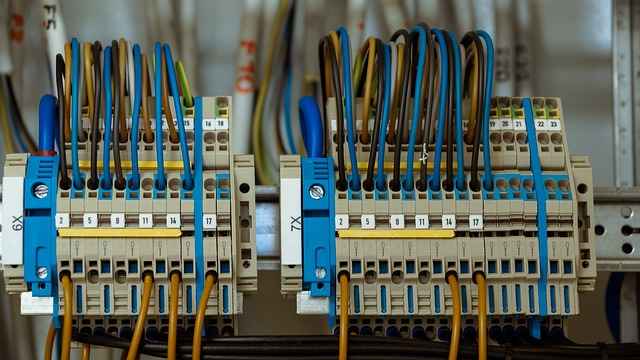
Electric cables
Published on
Average Read time: 1 minute 59 seconds
Electric cables are essential components of electrical systems, used for transmitting electricity from one point to another. They consist of conductors, insulation, and protective sheathing. Here's an overview of their components and types:
Conductors: Conductors are materials that allow electricity to flow through them with minimal resistance. Common conductor materials include copper and aluminum, which are both excellent conductors of electricity. Copper is often preferred for its superior conductivity, while aluminum is lighter and less expensive.
Insulation: Insulation surrounds the conductor to prevent electricity from leaking out and to protect against electrical shocks. Insulation materials include PVC (polyvinyl chloride), XLPE (cross-linked polyethylene), rubber, and thermosetting plastics. The choice of insulation depends on factors such as voltage rating, temperature resistance, and environmental conditions.
Sheathing: Sheathing provides mechanical protection and insulation for the cable. It also protects against moisture, chemicals, abrasion, and other environmental hazards. Common sheathing materials include PVC, polyethylene, and rubber.
Conductors: Conductors are materials that allow electricity to flow through them with minimal resistance. Common conductor materials include copper and aluminum, which are both excellent conductors of electricity. Copper is often preferred for its superior conductivity, while aluminum is lighter and less expensive.
Insulation: Insulation surrounds the conductor to prevent electricity from leaking out and to protect against electrical shocks. Insulation materials include PVC (polyvinyl chloride), XLPE (cross-linked polyethylene), rubber, and thermosetting plastics. The choice of insulation depends on factors such as voltage rating, temperature resistance, and environmental conditions.
Sheathing: Sheathing provides mechanical protection and insulation for the cable. It also protects against moisture, chemicals, abrasion, and other environmental hazards. Common sheathing materials include PVC, polyethylene, and rubber.
Electric cables are categorized based on various factors, including their construction, voltage rating, and intended application. Some common types of electric cables include:
Power Cables: These cables are used for transmitting electrical power in residential, commercial, and industrial applications. They typically consist of multiple insulated conductors bundled together and enclosed in a protective sheath.
Control Cables: Control cables are used for transmitting signals and controlling electrical equipment and machinery. They often contain multiple insulated conductors twisted together or arranged in pairs, with an overall sheath for protection.
Instrumentation Cables: Instrumentation cables are used for connecting instruments, sensors, and control systems in industrial environments. They are designed to withstand electromagnetic interference (EMI) and other environmental challenges.
Communication Cables: Communication cables are used for transmitting data, voice, and video signals in telecommunications and networking applications. They include coaxial cables, twisted pair cables, and fiber optic cables.
Fire-resistant Cables: These cables are designed to maintain circuit integrity and functionality during a fire. They are used in critical applications where fire protection is essential, such as emergency lighting, fire alarms, and evacuation systems.
Armored Cables: Armored cables have an additional layer of metal armor for mechanical protection against physical damage, rodent infestation, and other hazards. They are commonly used in outdoor and underground installations.
Electric cables come in various sizes, configurations, and specifications to meet the requirements of different applications and electrical codes. It's essential to choose the right type of cable for the specific needs of each installation to ensure safety, reliability, and performance.